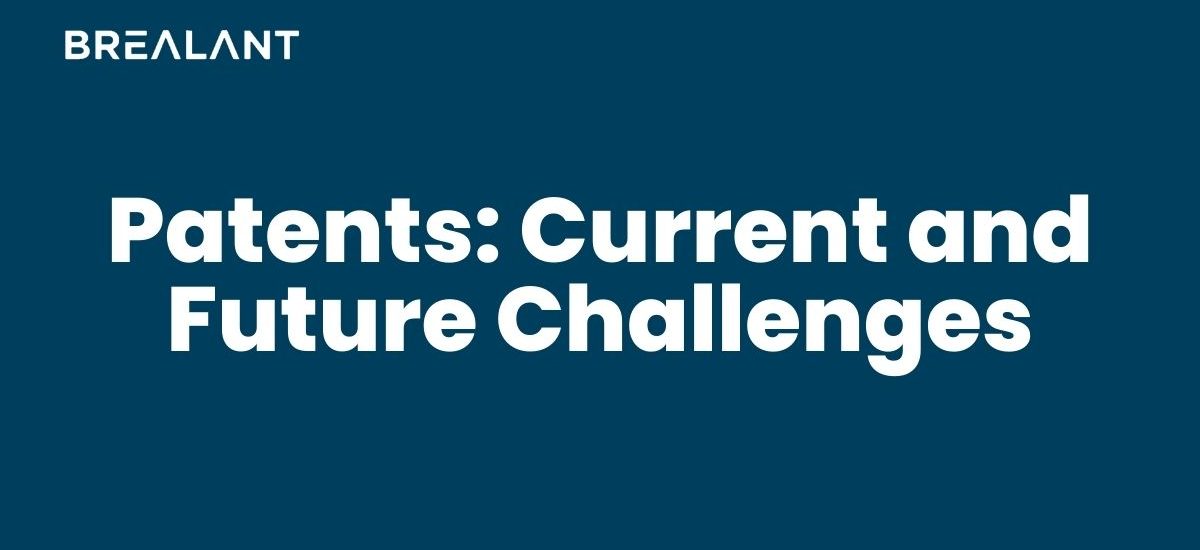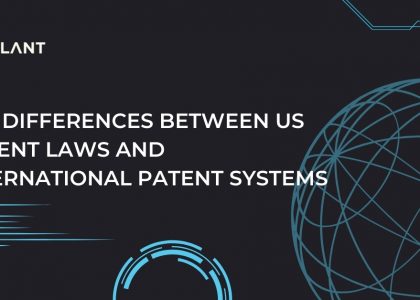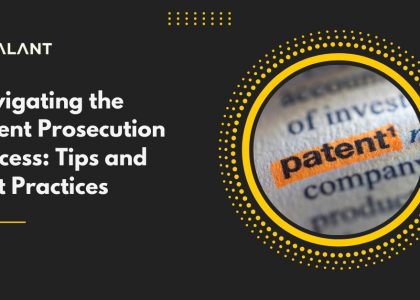A patent is considered an exclusive and absolute right given to an individual or an inventor who invented something based on legal provisions and laws. These patent rights prevent anyone from using, selling, or replicating this particular innovation within the territorial jurisdiction and duration of the patent. Furthermore, a comprehensive investigation should ensure these inventions are not based on existing ideas. In this context, the individual should be aware of current patents and invent accordingly. This right can be exercised over a procedure, design, approach, or product based on utility, distinctiveness, and function.
The source of protection and the invention of a design, product, or methodology should be done in accordance with the defined legal laws, rules, regulations, and standards of uniqueness, as well as the established terms and conditions. In most cases, patent protection for an innovation lasts 20 years. Nonetheless, each country has its own set of patent laws and restrictions. Whatever the case may be, everything has its ups and downs. As a result, patents face a few obstacles and rising issues in the current period.
Patents face several issues, including the actual working of patent rights and laws, the challenges associated with issuing patent rights and protection, particularly in the innovation of technology, and some long-term economic and sociological repercussions on patents. Aside from this, there are rising challenges, such as patent issues in pharmaceuticals, biotechnology, and public health.
Emerging issues and challenges faced by patents:
- With the invention of Pharmaceuticals
The pharmaceutical sector is seen as the primary concern or challenge to patent protection. Businesses in America may be legally required to patent the substances or materials used in their drugs. The political nature of the patent-protecting mechanism has produced pricing that is “contradictory to the wider advantage of the nation.” As a result, there is more tension between the buyer and industry because patent rights exist over certain pharmaceuticals, preventing persons from receiving necessary medical aid.
Another important concern is that because patents can be sold for a profit, corporations obtain licensing for their products rather than squandering money on medical research. This left behind the protection of patents unregulated, leading to “new markets.” The major goal of the patent protection mechanism, which was to ensure that patents are used to stimulate more investment in finding novel medications, appears to have been defeated.
- In the field of Biotechnology
Biotechnology plays a significant role in countries’ economies, with significant contributions to creating and developing medical sciences, energy, and the environment, so patent laws are relevant. Companies are interested in investing their maximum income in manufacturing and creating products in this area because it requires considerable research. On the other side, replicating such items would be cheap. When a firm participates in such specific research, the fear of copying develops, in addition to the high risks connected with it and the expectation that years of research will result in significant and distinctive ideas with major economic worth. This is where patent rules come into play, limiting the possibility of duplicating a company’s products.
Occasionally biotechnology businesses make an invention and want to patent it, so they provide it to the companies in the form of a license, allowing them to launch it in the market. Therefore, it is up to the firms to develop the philosophy and their ability to patent and license it to create income or profit. The question arises regarding when biotechnology inventions can be patented and when not. To be patentable, the invention must meet specific criteria, including ingenuity, uniqueness of the technique used, and industrial usefulness. However, there is some controversy about whether additional conditions should also be met.
The case law in this regard is Dimminaco A.G. v. Controller of Patents and Designs & Ors, where the patent application issued by the petitioner relating to the creation of an “infectious Bursitis Vaccine.” According to section 2(i)(i) of the Patent Act of 1970, the patent examiner officer determined this was not an invention but a food or medication. The appellant submitted that the Examiner’s objection under section 2(i)(i) was unwarranted because there was no prohibition against the technique of creating a chemical that was already patented, even though the approach involved a live virus. Furthermore, it was stated that current legal constraints did not preclude patenting a finished product containing a living virus. Because no administrative policy can override legal laws, it would violate the Rule of Law if a patent award was influenced and rejected owing to administrative restrictions. It was decided that the patent application should be reviewed, and whether it falls within the invention should be thoroughly examined.
- In the field of public health
Innovative medical sciences such as “biotechnology, nanotechnology, and pharmaceutical sciences” significantly impact the public health sector. The fundamental goal for improved public health is to strike a balance between the inventor’s authority to develop a method or technology to enhance healthcare and how to use it to serve the requirements of the greater public. Patents act as a catalyst, compelling innovators to spend financially on new drugs, therapies, and clinical trials.
Developing countries regularly bargain with patent holders to obtain medicines and equipment at a reduced cost. This has previously occurred when individual firms committed to delivering pharmaceuticals to less developed or rich nations for the treatment of dangerous and debilitating diseases. Public health may be safeguarded when the public and private sectors collaborate, with the government emphasizing the importance of collaboration and licensing breakthrough technology, among other things.
Suggestions and Conclusions
Researchers are striving to address these patent protection difficulties. “Forced licensing” could be one solution. This remedy, particularly in the technology industry, can be suggested by awarding the innovator and hastening the invention. The pharmaceutical sector must tighten the patent protection process by minimizing the time spent waiting for new therapies to be approved and the laws that drive up the cost of particular treatments.Forecasting the future of patent protection in various industries may not be easy. Still, firms and politicians should prioritize balancing consumer rights protection and innovation development. The increased protection of patent rights procedures can ensure we progress toward new ideas that will benefit us all. One could insist on a technique that nurtures creativity within a healthy competitive environment in numerous important areas such as biotechnology and technology. The increased protection of patent rights procedures can ensure we progress toward new ideas that will benefit us all.










